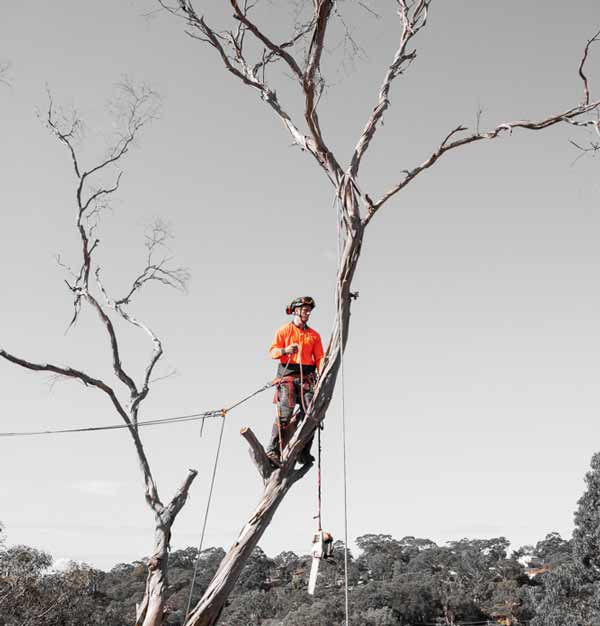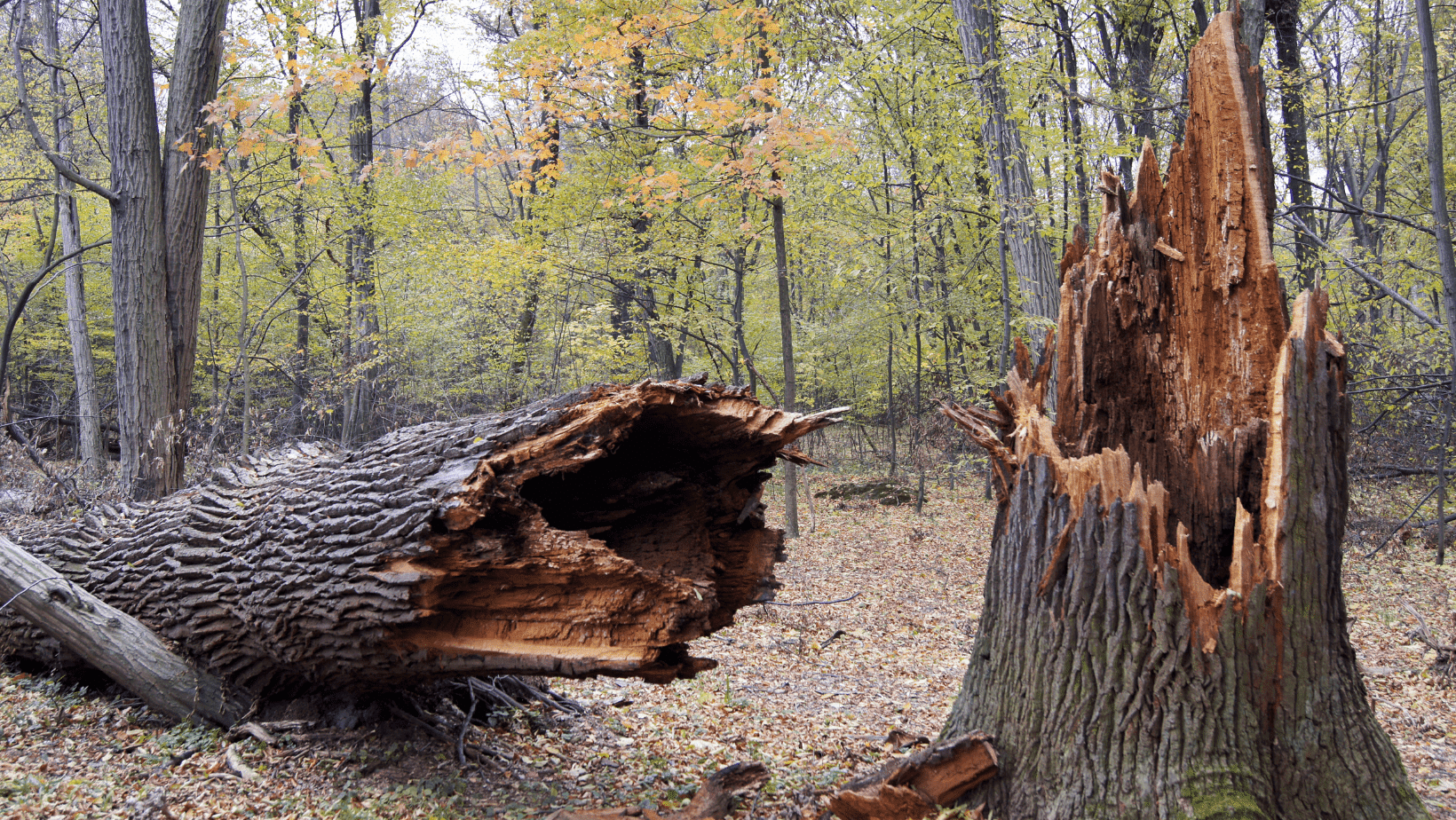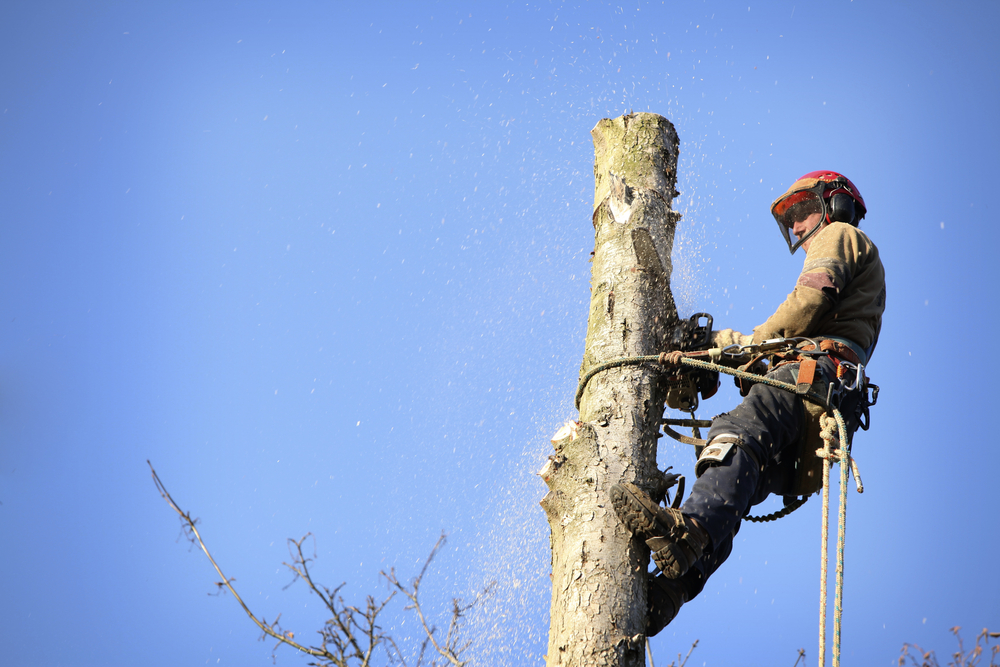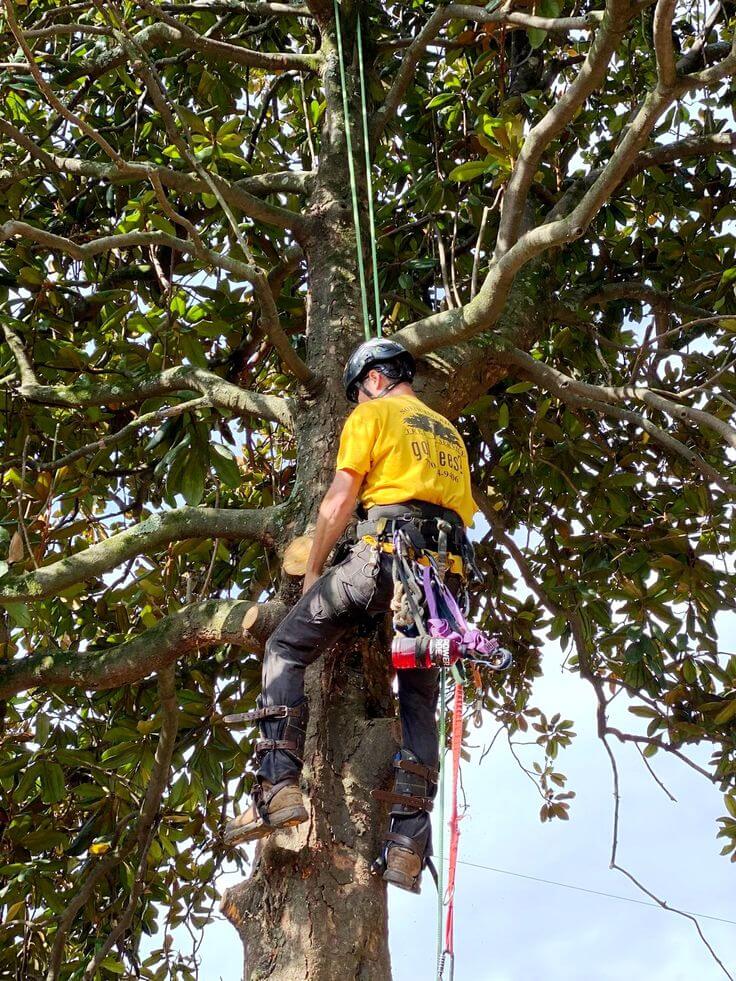Removing a Dead Tree: A Comprehensive Guide
Introduction
Removing a dead tree may not seem urgent at first, but it’s one of the most important tasks for maintaining a safe and healthy yard. A dead tree can pose several risks, from falling branches to attracting pests and diseases that could spread to other plants. In this guide, we’ll take a closer look at why it’s essential to remove dead trees and the steps you can take to safely do so.
Signs a Tree is Dead
Before jumping into removal, it’s crucial to know how to identify if a tree is truly dead. Trees don’t always show immediate signs of decline, so careful observation is necessary.
Checking for Dying Branches
A key sign that a tree may be dead is the appearance of fragile or withering branches. These branches often snap easily, even with a light touch. If most of the tree’s branches are affected, it could be a sign that the tree is no longer living.
Discolored or Missing Leaves
A healthy tree should have vibrant green leaves during the growing season. If the leaves change to brown too early or drop completely, it may be a sign that the tree is no longer alive. Keep an eye out for trees that no longer bloom in the spring or summer months.
Hollow or Brittle Bark
If the bark is falling off or appears brittle, the tree might be in trouble. In some cases, the tree may become hollow inside, which can weaken its structure and make it more likely to fall.
Enhanced Safety Measures for Tree Removal
Removing a dead tree is a high-risk task that requires stringent safety protocols. Here’s a detailed look at how to ensure a secure removal process.
Protective Gear Essentials
• Helmet with Face Shield: Protects from falling branches and flying debris.
Ensure ear safety by using earplugs or earmuffs when operating a chainsaw.
• Cut-Resistant Gloves: Reduces the risk of cuts when handling sharp tools.
• Steel-Toe Boots: Protects feet from falling wood or heavy equipment.
Clearing the Surrounding Area
Make sure the space surrounding the tree is clear of people, animals, and any obstructions. Establish a perimeter, ideally twice the tree’s height, to minimize risks during the fall.

Identifying Potential Hazards
Inspect the tree for potential hazards such as:
• Power Lines: Contact utility companies if the tree is near or touching power lines.
• Leaning Trees: Trees with a significant lean need extra care to control their fall.
• Rotten Trunks: Weak trunks can cause unpredictable falls.
Escape Route Planning
Always have a clear path to retreat when the tree begins to fall. Stand at a 45-degree angle, opposite the direction the object is falling.
Environmental Impact of Dead Tree Removal
Removing a tree can have both positive and negative effects on the environment. It’s essential to mitigate the impact wherever possible.
Positive Environmental Effects
• Preventing Disease Spread: Removing diseased or pest-infested trees prevents the spread to healthy vegetation.
• Promoting New Growth: Clearing space for sunlight allows other plants to thrive, enhancing biodiversity.
Potential Negative Effects
• Loss of Wildlife Habitat: Dead trees often serve as homes for birds, insects, and small mammals. Consider waiting until after nesting season or relocating animals before removal.
Soil Erosion: Roots of a dead tree still anchor the soil. Removing the tree might lead to soil erosion unless you replace it with new vegetation.
Eco-Friendly Disposal Methods
• Mulching and Composting: Turn the wood into mulch, which can be used to enrich garden soil.
• Wildlife Shelters: Leave sections of the trunk in wooded areas to provide shelter for wildlife.
• Wood Recycling Programs: Some communities offer recycling services that convert old wood into furniture or construction materials.
Detailed Cost Breakdown for Tree Removal
The price of removing a tree can differ significantly due to various factors. Here’s a more in-depth look at what influences the price.
Tree Size and Height
• Small Trees (Under 25 Feet): Removal costs typically range from $150 to $500.
• Medium Trees (25-50 Feet): Costs can range from $500 to $1,500.
• Large Trees (Over 50 Feet): Expect to pay between $1,500 and $3,500 or more.
Location and Accessibility
• Proximity to Structures: Trees near homes, fences, or power lines require more time and careful planning, increasing costs.
• Difficult Terrain: If the tree is on a steep slope or in a hard-to-reach area, expect additional charges.

Emergency or Storm-Damage Removal
Emergency removals due to storm damage or imminent danger can cost 25-50% more due to the urgency and complexity of the situation.
• Stump Removal and Grinding
• Stump Grinding: Costs between $100 and $400, depending on stump size.
• Complete Stump Removal: More labor-intensive and can cost $500 or more.
Preventive Measures to Keep Trees Healthy
Maintaining tree health reduces the likelihood of needing to remove dead trees. Here are some proactive steps:
Routine Inspections
Check your trees regularly for early signs of disease, pest infestation, or structural weakness. removing a dead tree Early detection can prevent extensive damage.
Pruning and Trimming
Prune dead or diseased branches annually to encourage healthy growth. This also enhances airflow, minimizing the likelihood of fungal infections.
Proper Watering and Mulching
Make sure your trees get enough water, particularly during periods of drought. Applying mulch around the tree’s base helps conserve moisture and maintain consistent soil temperature.
Soil Testing and Fertilization
Test soil periodically to ensure it has the right pH and nutrient balance. Fertilize as needed to support healthy root development and foliage growth.
Conclusion
Removing a dead tree is a necessary task that ensures the safety of your property and the health of your landscape. While it may seem daunting, following the right steps, using proper tools, and knowing when to call a professional can make the process manageable. Remember to take preventive measures to keep your trees healthy, and dispose of tree debris in an eco-friendly way whenever possible.

